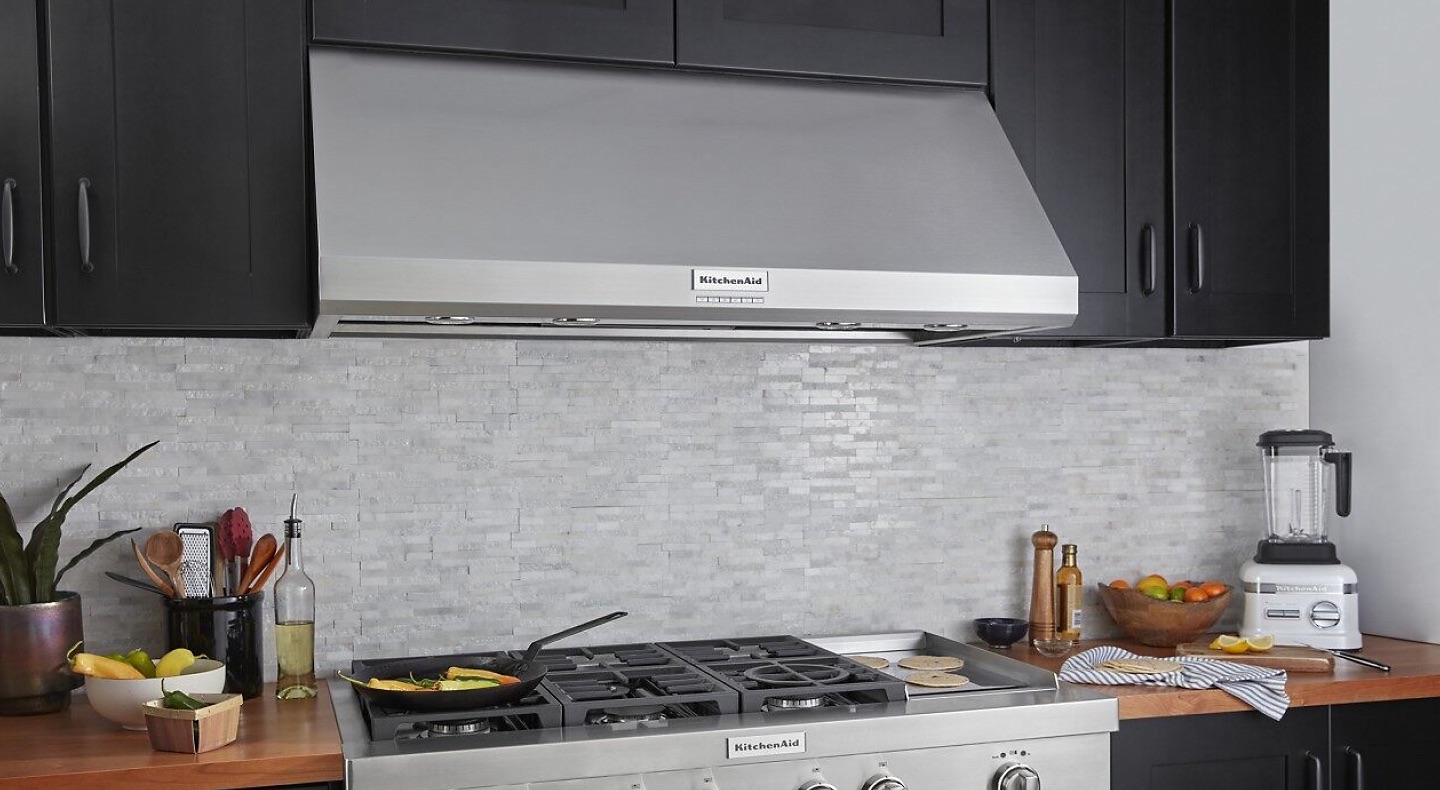

Articles
How Does A Range Hood Work
Modified: January 21, 2024
Discover how range hoods work and keep your kitchen fresh and clean with informative articles on proper installation, maintenance, and more.
(Many of the links in this article redirect to a specific reviewed product. Your purchase of these products through affiliate links helps to generate commission for Storables.com, at no extra cost. Learn more)
Introduction
A range hood, also known as a ventilation hood or extractor hood, is an essential appliance in the kitchen. It plays a crucial role in improving air quality by removing airborne particles, odors, heat, and grease generated during cooking. A well-designed range hood not only enhances the functionality of your kitchen but also adds a touch of elegance to the overall decor.
With various types and models available, it’s important to understand how a range hood works and the benefits it provides. In this article, we will explore the inner workings of range hoods, the different types available, their components, and additional features that can enhance their performance. Let’s dive in!
Key Takeaways:
- Understanding the inner workings and components of a range hood, as well as the various types available, is crucial for making an informed decision when choosing the right one for your kitchen. Consider factors such as size, ventilation capacity, installation method, and noise level to ensure it meets your specific needs.
- Maintenance and cleaning are essential for keeping your range hood in optimal condition. Regularly cleaning the filters, exterior surfaces, and ventilation ducts will maintain efficient performance and improve air quality, prolonging the life of your range hood and ensuring a clean and comfortable cooking environment.
Read more: How Does A Ductless Range Hood Work?
Types of Range Hoods
Range hoods come in a variety of styles and designs to suit different kitchen layouts and personal preferences. Here are some of the common types of range hoods available:
- Under Cabinet Range Hoods: These are the most popular and common type of range hoods. As the name suggests, they are installed underneath the kitchen cabinet, directly above the cooktop. Under cabinet hoods are compact, space-saving, and provide efficient ventilation.
- Wall-Mount Range Hoods: Wall-mount hoods are mounted on the wall, above the cooking surface. They are a great choice for kitchens with a range or cooktop located against the wall. Wall-mount hoods come in various sizes and designs, offering both efficiency and aesthetic appeal.
- Island Range Hoods: These hoods are specifically designed for kitchen islands where the cooktop is positioned in the center. Island hoods are installed directly above the cooking surface and require proper ventilation ductwork through the ceiling. They create a focal point in the kitchen and provide effective ventilation for island cooking.
- Downdraft Range Hoods: Downdraft hoods are a unique option for kitchens where traditional ducted range hoods cannot be installed. These hoods are installed behind or beside the cooktop, and when in use, they rise up from the countertop to capture smoke, steam, and odors. Downdraft hoods are ideal for kitchens with open floor plans or limited space.
- Ceiling-Mount Range Hoods: As the name suggests, ceiling-mount range hoods are mounted onto the ceiling above the cooking area. These hoods provide powerful ventilation and a sleek, modern look. They are often used in commercial kitchens or in homes with high ceilings.
Each type of range hood has its own benefits and considerations. It’s important to choose the one that best suits your kitchen layout and meets your ventilation needs.
Components of a Range Hood
A range hood is composed of several key components that work together to effectively remove smoke, odors, and airborne particles from the kitchen. Understanding these components will help you appreciate the functionality of a range hood. Let’s explore the main components:
- Motor/Blower: The motor or blower is the heart of the range hood. It is responsible for creating the suction power that draws in the air and moves it through the ventilation system. The power of the motor is measured in cubic feet per minute (CFM), indicating how much air it can move in one minute.
- Filters: Range hoods are equipped with filters that trap grease, smoke, and other particles. There are two main types of filters commonly used:
- Mesh/Aluminum Filters: These filters consist of layered aluminum mesh that captures grease and allows air to pass through. They need regular cleaning or replacement to maintain their efficiency.
- Charcoal/Carbon Filters: These filters are designed to remove odors and chemicals from the air. They are often used in ductless range hoods and should be replaced periodically.
- Control Panel: The control panel is where you can access various settings and features of the range hood. It includes buttons or touch controls for power, fan speed, lighting, and other functions. Some advanced range hoods even feature remote controls or smartphone connectivity.
- Ducting System: The ducting system consists of a series of pipes or channels that carry the extracted air from the range hood to the outside of the house. Proper ducting ensures efficient ventilation and removes odors and pollutants from the kitchen.
- Lighting: Most range hoods come equipped with built-in lighting to illuminate the cooking surface. This enhances visibility while cooking and adds a warm ambiance to the kitchen. LED lights are commonly used due to their energy efficiency and longevity.
- Exhaust Vent or Flue: The exhaust vent or flue is the opening through which the extracted air is expelled outside. It is important to ensure that the vent is properly installed to prevent any backdraft or recirculation of the polluted air into the kitchen.
These components work in harmony to create a clean and comfortable cooking environment by effectively removing smoke, grease, and odors from your kitchen.
Air Circulation Process
The air circulation process is the core functionality of a range hood. It involves the extraction of polluted air from the kitchen and the circulation of clean air back into the environment. Let’s understand the air circulation process of a range hood:
- Capturing the Air: When you turn on the range hood, the motor or blower starts to create suction. This suction power pulls the air, smoke, and other airborne particles towards the range hood.
- Passing through the Filters: As the air is drawn towards the range hood, it passes through the filters. The mesh or aluminum filters capture grease, while the charcoal or carbon filters capture odors and chemicals. These filters help to purify the air before it is released back into the kitchen or expelled outside.
- Removing Grease and Smoke: The filters play a crucial role in trapping grease and smoke particles. Grease filters capture the grease particles, preventing them from accumulating on surfaces and appliances in the kitchen. Smoke particles are also captured, reducing the presence of smoke and improving air quality.
- Exhausting the Air: Once the air has passed through the filters, it is either recirculated back into the kitchen or expelled outside through a ducting system. In ductless range hoods, the filtered air is passed through a charcoal filter before being circulated back into the kitchen. In ducted range hoods, the filtered air is directed outside through the exhaust vent or flue.
- Circulating Clean Air: In the case of recirculation, the purified air is released back into the kitchen. In ducted range hoods, the polluted air is effectively removed from the kitchen, maintaining a fresh and clean environment.
The air circulation process ensures that the kitchen remains free from smoke, grease, and odors, creating a healthier and more pleasant cooking experience. With a well-functioning range hood, you can enjoy cooking without worrying about a smoky and stuffy kitchen.
Grease and Smoke Filtration
One of the primary functions of a range hood is to filter out grease and smoke generated during cooking. Let’s delve into the process of grease and smoke filtration and understand how range hoods keep your kitchen clean and odor-free:
Grease Filtration:
As you cook, greasy particles and vapors are released into the air. Range hoods are equipped with grease filters, typically made of mesh or aluminum, that capture these grease particles. The filters work by allowing the air to pass through while trapping the grease. Over time, the filters accumulate grease, which can affect their efficiency. Regular cleaning or replacement of the filters ensures optimal performance and prevents grease buildup in the kitchen.
Some range hoods also feature dishwasher-safe filters, making the cleaning process more convenient. Simply remove the filters and place them in the dishwasher for a thorough cleaning.
Smoke Filtration:
When cooking, smoke is often produced due to high heat or burning food. Range hoods effectively capture and filter out smoke particles, preventing them from spreading throughout the kitchen and surrounding areas.
Smoke filtration is achieved through a combination of the grease filters and, in some cases, additional activated carbon or charcoal filters. These specialized filters are designed to absorb and neutralize odors emitted by the smoke. The carbon or charcoal filters help eliminate strong odors, leaving your kitchen smelling fresh and clean.
It’s important to note that charcoal filters need to be replaced periodically, as they lose their effectiveness over time. Regular maintenance and filter replacement will ensure optimal grease and smoke filtration performance and prolong the lifespan of your range hood.
By efficiently filtering out grease and smoke particles, range hoods not only keep your kitchen clean and odor-free but also minimize the buildup of grime on surfaces, cabinets, and appliances, reducing the need for extensive cleaning and maintenance.
When using a range hood, make sure to turn it on before you start cooking to effectively capture and remove smoke, grease, and odors from the air.
Read more: What Does Convertible Range Hood Mean
Noise Reduction Technology
Noise can often be a concern when it comes to range hoods. The sound generated by the motor and the airflow can be disruptive and bothersome, especially in open-concept kitchen spaces. To address this issue, range hood manufacturers have developed noise reduction technologies. These advancements aim to minimize the noise level while maintaining the efficiency of the ventilation system. Here are some common noise reduction technologies found in modern range hoods:
Improved Motor Design:
The motor is the primary source of noise in a range hood. Manufacturers have developed motors that operate with reduced vibration and noise levels. Advanced motor designs, such as centrifugal fans or brushless DC motors, help to minimize noise while providing sufficient airflow for effective ventilation.
Sound Insulation:
Many range hoods are equipped with sound insulation materials or pads that help absorb and dampen the noise generated by the motor and airflow. These materials are strategically placed inside the hood to reduce vibrations and prevent the noise from escaping into the kitchen. Sound insulation technology significantly reduces the overall noise level produced by the range hood.
Variable Speed Settings:
Range hoods with variable speed settings allow you to adjust the fan speed based on your cooking needs. Lower fan speeds produce less noise compared to high-speed settings. By choosing the appropriate fan speed, you can minimize noise without compromising on ventilation performance.
Noise Reduction Filters:
Some range hoods come equipped with specialized noise reduction filters that are designed to reduce noise levels. These filters are typically made of noise-absorbing materials and help to muffle the sound generated by the motor and airflow.
Quiet Mode:
Several range hood models offer a “quiet mode” setting, specifically designed to operate at lower noise levels. This mode reduces the fan speed and adjusts the motor to run more quietly while still maintaining sufficient ventilation. The quiet mode is ideal for times when you want a peaceful and tranquil cooking experience.
Noise reduction technology has made significant strides in the range hood industry, allowing for quieter operation without compromising on performance. When choosing a range hood, consider the noise reduction features available to ensure a more peaceful and enjoyable cooking environment in your kitchen.
Additional Features of Range Hoods
Modern range hoods offer a range of additional features and functionalities to enhance the overall performance and user experience. These features not only improve the effectiveness of ventilation but also add convenience and versatility to your cooking space. Let’s explore some of the notable additional features found in range hoods:
LED Lighting:
Many range hoods come equipped with energy-efficient LED lights built into the unit. These lights provide ample illumination for your cooking surface, enhancing visibility and making it easier to cook safely and accurately. LED lighting is long-lasting and consumes less energy compared to traditional incandescent bulbs.
Delay Shut-Off:
Some range hoods offer a delay shut-off feature, allowing the fan to continue operating for a specified period of time after you have finished cooking. This feature helps to remove lingering odors, smoke, and particles from the kitchen, ensuring that the air remains fresh and clean.
Touch Controls:
Range hoods with touch control panels provide a sleek and intuitive user interface. These panels allow you to easily adjust the fan speed, lighting, and other settings with a simple touch. The touch controls are user-friendly, making it convenient to operate the range hood while cooking.
Heat Sensors:
Some range hoods are equipped with heat sensors that automatically detect the temperature and adjust the fan speed accordingly. When the sensors detect high heat levels, the fan speed increases to effectively remove smoke and odors. This feature ensures optimal ventilation performance without the need for manual adjustments.
Remote Control:
For added convenience, certain range hoods come with a remote control. With the remote, you can easily adjust the settings and features of the range hood from a distance. This feature is particularly useful when you are busy cooking and unable to reach the control panel.
Smart Home Integration:
With the advancement of technology, some range hoods offer smart home integration. These range hoods can be connected to your home’s Wi-Fi network, allowing you to control and monitor the ventilation system via smartphone apps or voice commands through virtual assistants like Amazon Alexa or Google Assistant. Smart home integration brings a new level of convenience and control to your kitchen.
These additional features make range hoods more versatile, efficient, and user-friendly. Consider the features that align with your needs and preferences when selecting a range hood for your kitchen.
Maintenance and Cleaning Tips
Maintaining and cleaning your range hood on a regular basis is essential to ensure its optimal performance and longevity. Here are some maintenance and cleaning tips to keep your range hood in top condition:
- Regular Filter Cleaning: Grease filters can accumulate a significant amount of grease over time, reducing their efficiency. It’s important to clean or replace them regularly, as recommended by the manufacturer. Metal mesh filters can be cleaned with warm soapy water or placed in the dishwasher, while charcoal filters should be replaced periodically.
- Clean Exterior Surfaces: Wipe down the exterior surfaces of your range hood with a soft, damp cloth to remove dirt, dust, and grease buildup. Avoid using abrasive cleaners that can damage the finish. Stainless steel hoods can be cleaned using stainless steel cleaner to maintain their shine.
- Keep Ventilation Ducts Clear: Check and clean the ventilation ducts periodically to ensure they are clear of any obstructions, such as accumulated grease or debris. Blocked ducts can hinder airflow and reduce the effectiveness of your range hood.
- Inspect and Clean Vent Covers: The vent covers on the outside of your home can become clogged with dirt, dust, and lint. Regularly inspect and clean them to ensure proper airflow and prevent any blockages. Use a brush or vacuum cleaner to remove any debris.
- Check and Clean Fan Blades: Dust and grease can accumulate on the fan blades, affecting their performance. Check and clean the blades periodically using a soft brush or cloth. Be cautious when cleaning to avoid bending or damaging the blades.
- Check and Replace Light Bulbs: If your range hood has built-in lighting, regularly check and replace any burnt-out bulbs. Follow the manufacturer’s recommendations for compatible bulbs and proper installation.
- Monitor and Empty Grease Traps: Some range hoods have built-in grease traps or collection cups. Check and empty these traps as needed to prevent overflow and maintain proper grease filtration.
Following these maintenance and cleaning tips will not only ensure the optimal performance of your range hood but also contribute to a clean and healthy kitchen environment. Regular maintenance will help prolong the lifespan of your range hood and minimize the need for costly repairs or replacements.
Choosing the Right Range Hood for Your Kitchen
Choosing the right range hood for your kitchen is an important decision that can greatly impact the functionality and aesthetics of your cooking space. Here are some factors to consider when selecting a range hood:
Size and Ventilation Capacity:
Ensure that the range hood you choose is appropriately sized for your cooktop or range. It should effectively cover the cooking surface to capture smoke, steam, and odors. Additionally, consider the ventilation capacity of the range hood, measured in cubic feet per minute (CFM). The CFM rating should be suitable for the size of your kitchen and the intensity of your cooking needs.
Installation Method:
Determine the best installation method for your kitchen layout. Under cabinet range hoods are a popular choice for kitchens with cabinets located directly above the cooktop. Wall-mount hoods are suitable for kitchens with a range or cooktop against the wall. Island hoods are specifically designed for kitchens with a cooking surface on an island. Choose the installation method that matches your kitchen design and ventilation requirements.
Ducted vs. Ductless:
Decide whether you prefer a ducted or ductless range hood. Ducted range hoods vent the captured air outside through a ducting system, providing more effective ventilation. Ductless range hoods, on the other hand, use filters to recirculate the air back into the kitchen after purification. Consider your kitchen’s layout, available ductwork, and the desired level of ventilation when deciding between ducted and ductless options.
Noise Level:
Consider the noise level of the range hood, especially if you have an open-concept kitchen or prefer a quieter cooking environment. Look for range hoods with noise reduction technologies, such as improved motor design, sound insulation, or variable speed settings, to minimize noise while still maintaining ventilation performance.
Design and Aesthetics:
Choose a range hood that complements your kitchen’s style and enhances its overall aesthetics. Consider the hood’s materials, finish, and design elements that coordinate with your existing kitchen decor. Stainless steel is a popular choice due to its modern and sleek appearance, while custom hood covers can be used to integrate the range hood seamlessly with cabinetry.
Additional Features:
Take into account any additional features that may enhance the functionality of your range hood. These can include LED lighting, delay shut-off, touch controls, heat sensors, remote control, or smart home integration. Determine which features are important to you and align with your cooking needs and preferences.
By considering these factors, you can select a range hood that not only offers efficient ventilation but also enriches the overall look and feel of your kitchen.
Read more: What Is A Range Hood
Conclusion
A range hood is an essential appliance for any kitchen, providing ventilation, odor removal, and grease filtration to create a clean and enjoyable cooking environment. By understanding the inner workings of a range hood, the various types available, and the components that make it function effectively, you can make an informed decision when choosing the right one for your kitchen.
Consider factors such as size, ventilation capacity, installation method, and noise level to ensure that the range hood meets your specific kitchen needs. Additionally, explore the additional features available, such as LED lighting, delay shut-off, and smart home integration, to enhance the functionality and convenience of your range hood.
Maintenance and cleaning are essential to keep your range hood in optimal condition. Regularly clean the filters, exterior surfaces, and ventilation ducts to maintain efficient performance and improve air quality. By following these maintenance tips, you can prolong the life of your range hood and ensure its continued effectiveness in removing smoke, odors, and grease particles.
Choosing the right range hood not only enhances the functionality of your kitchen but also adds to its overall aesthetics. Consider the design and materials of the range hood to create a cohesive and visually pleasing space.
In conclusion, a well-chosen and properly maintained range hood plays a vital role in improving air quality, reducing odors, and enhancing the cooking experience in your kitchen. Take the time to explore the available options and select a range hood that meets your specific needs and preferences. With the right range hood, you can enjoy cooking without worrying about smoke, grease, or unpleasant smells, creating a clean and comfortable environment for culinary creativity.
Frequently Asked Questions about How Does A Range Hood Work
Was this page helpful?
At Storables.com, we guarantee accurate and reliable information. Our content, validated by Expert Board Contributors, is crafted following stringent Editorial Policies. We're committed to providing you with well-researched, expert-backed insights for all your informational needs.
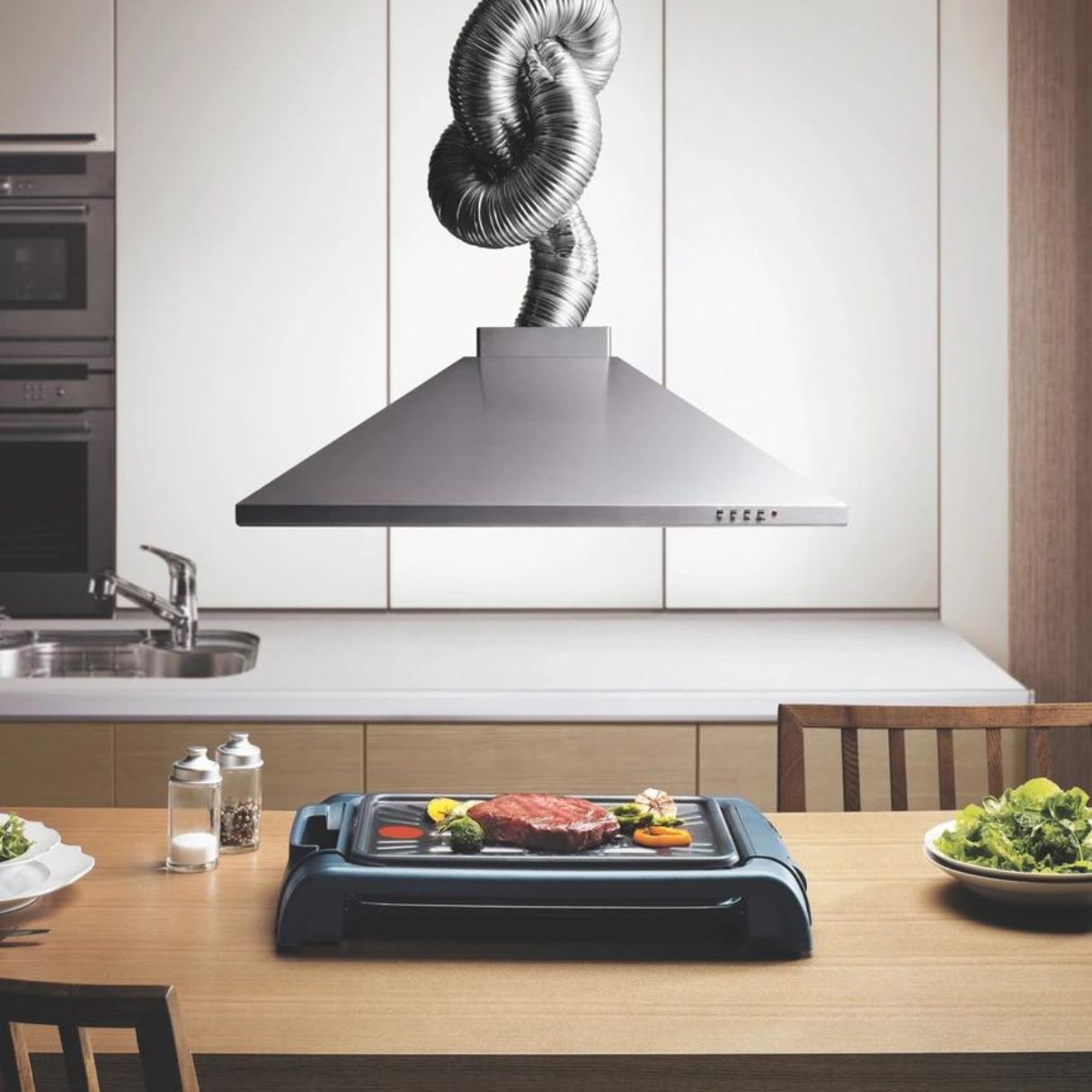
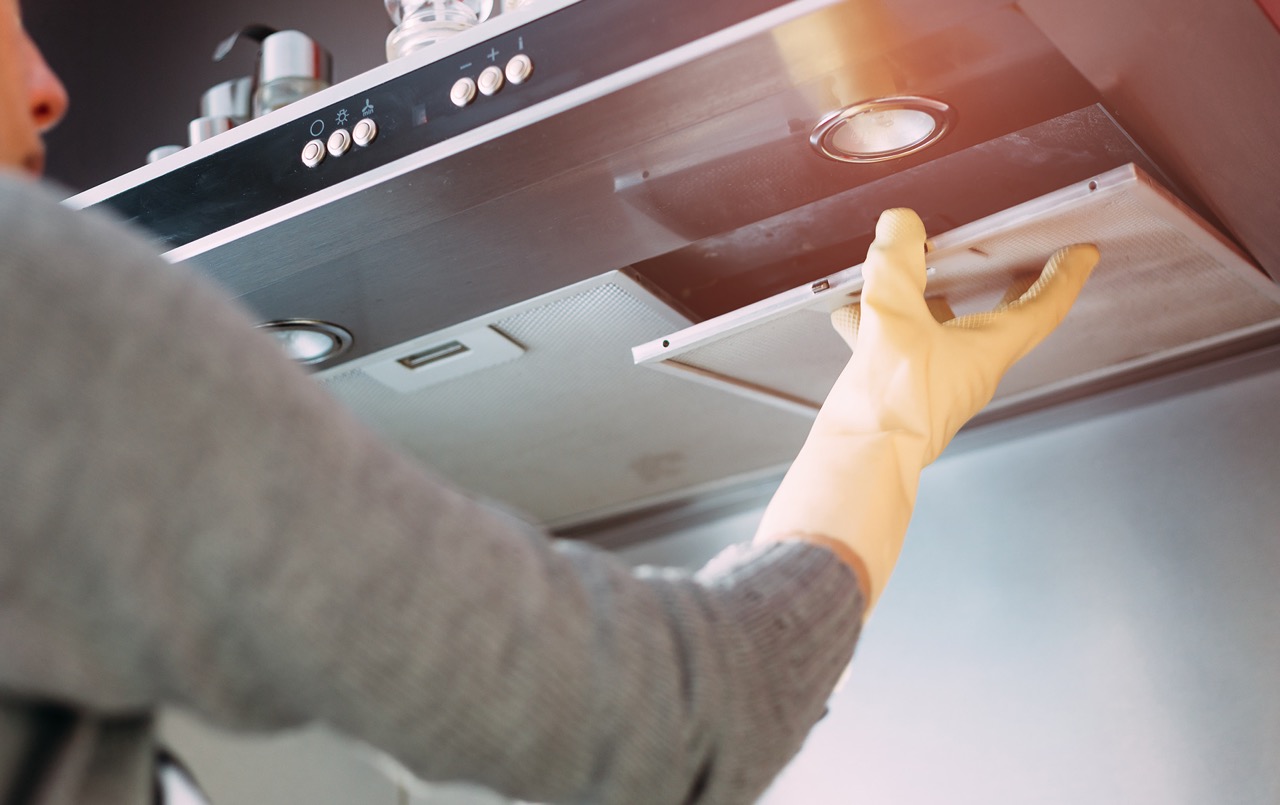
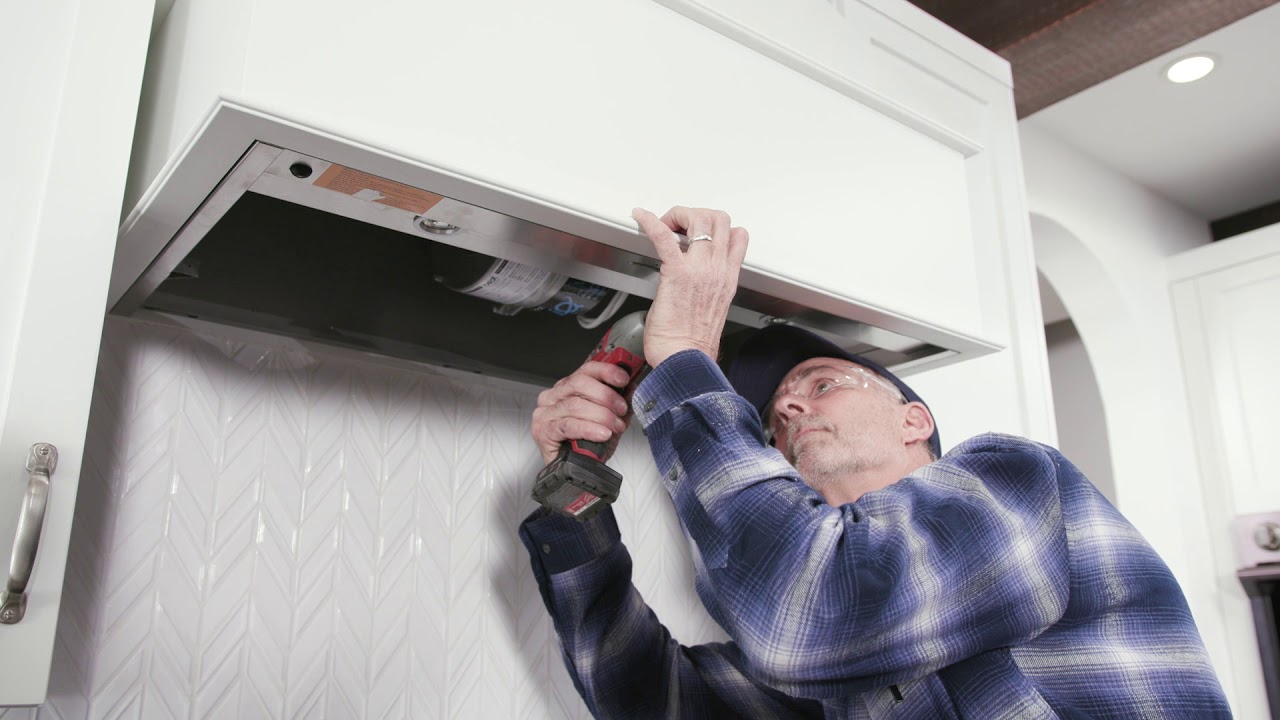
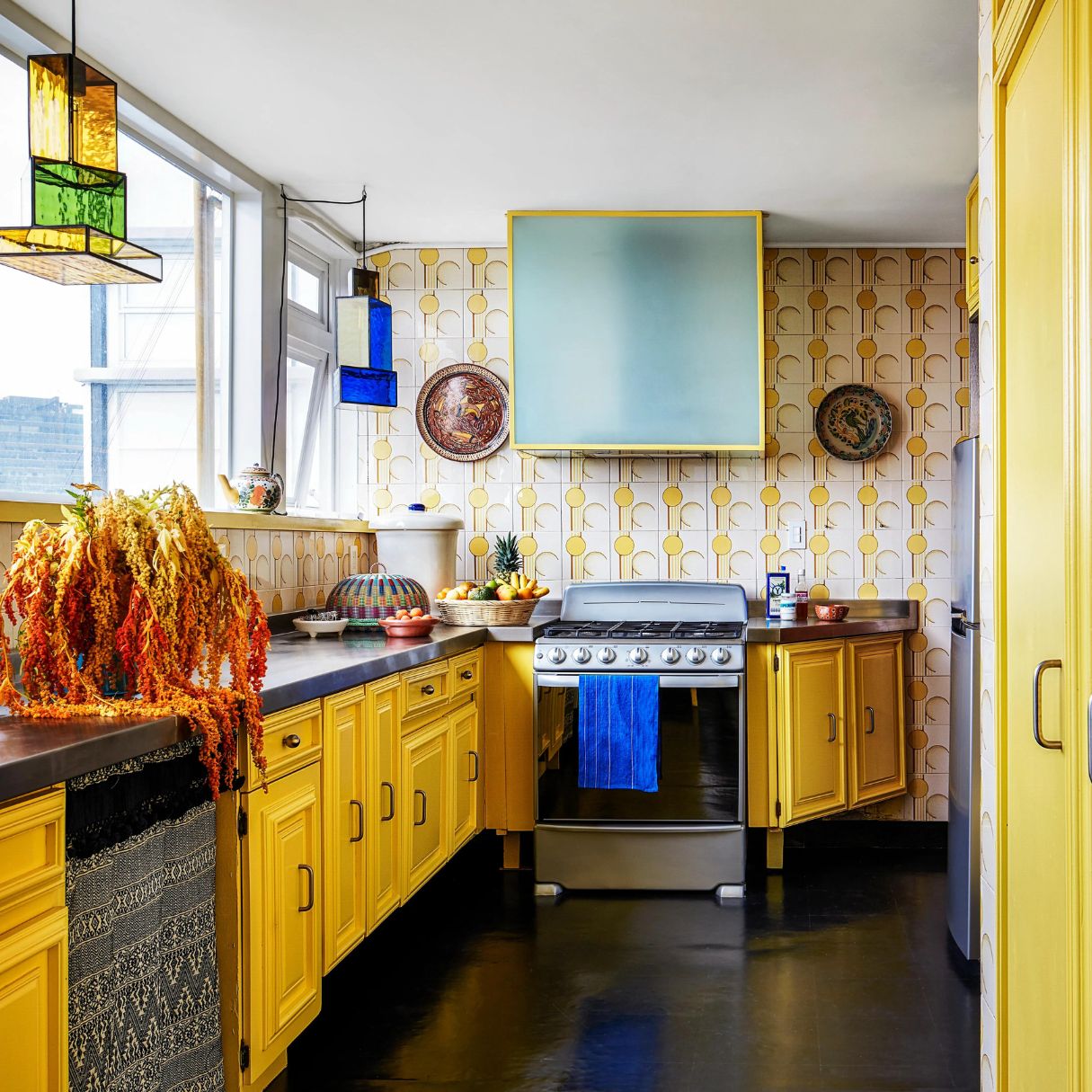
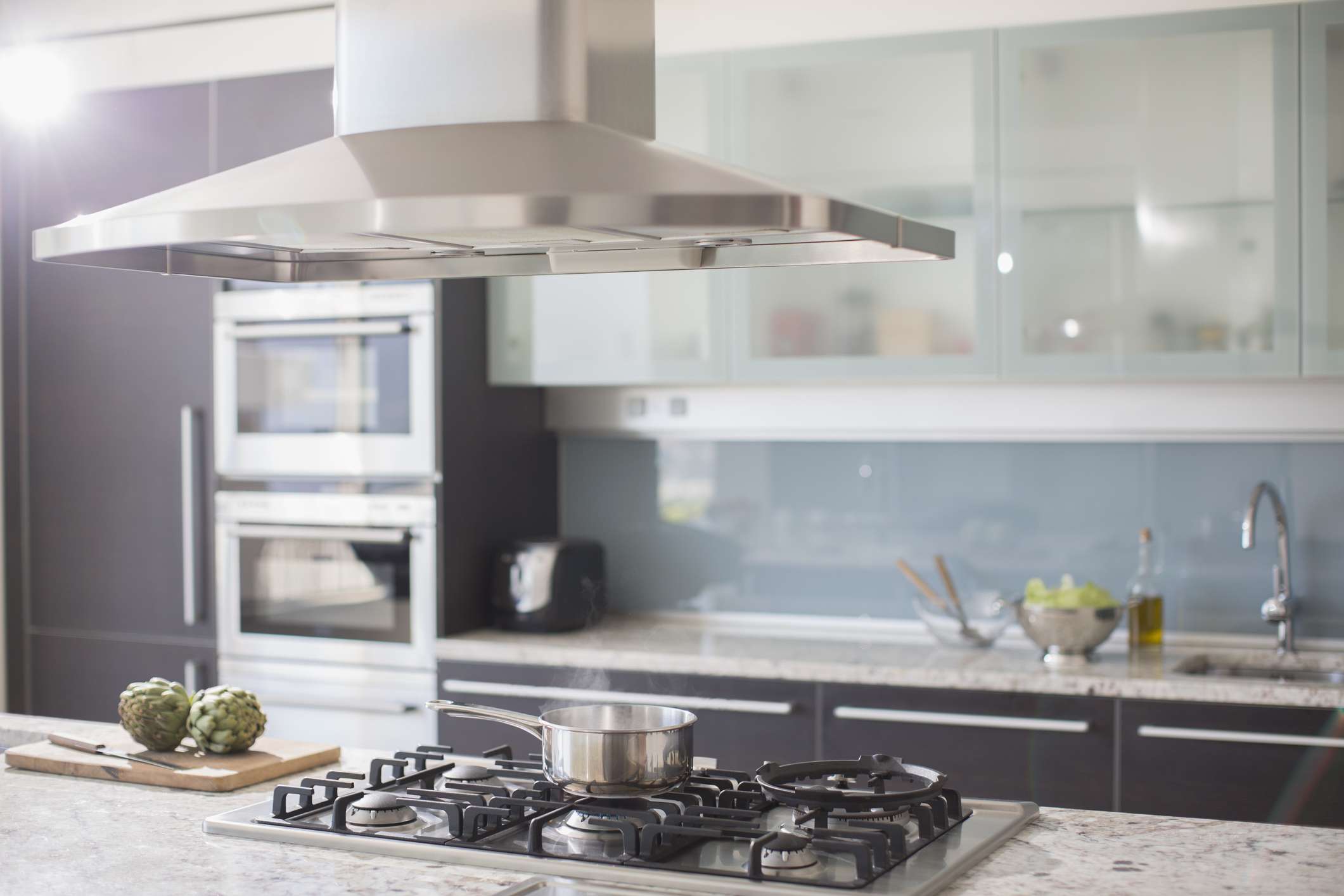
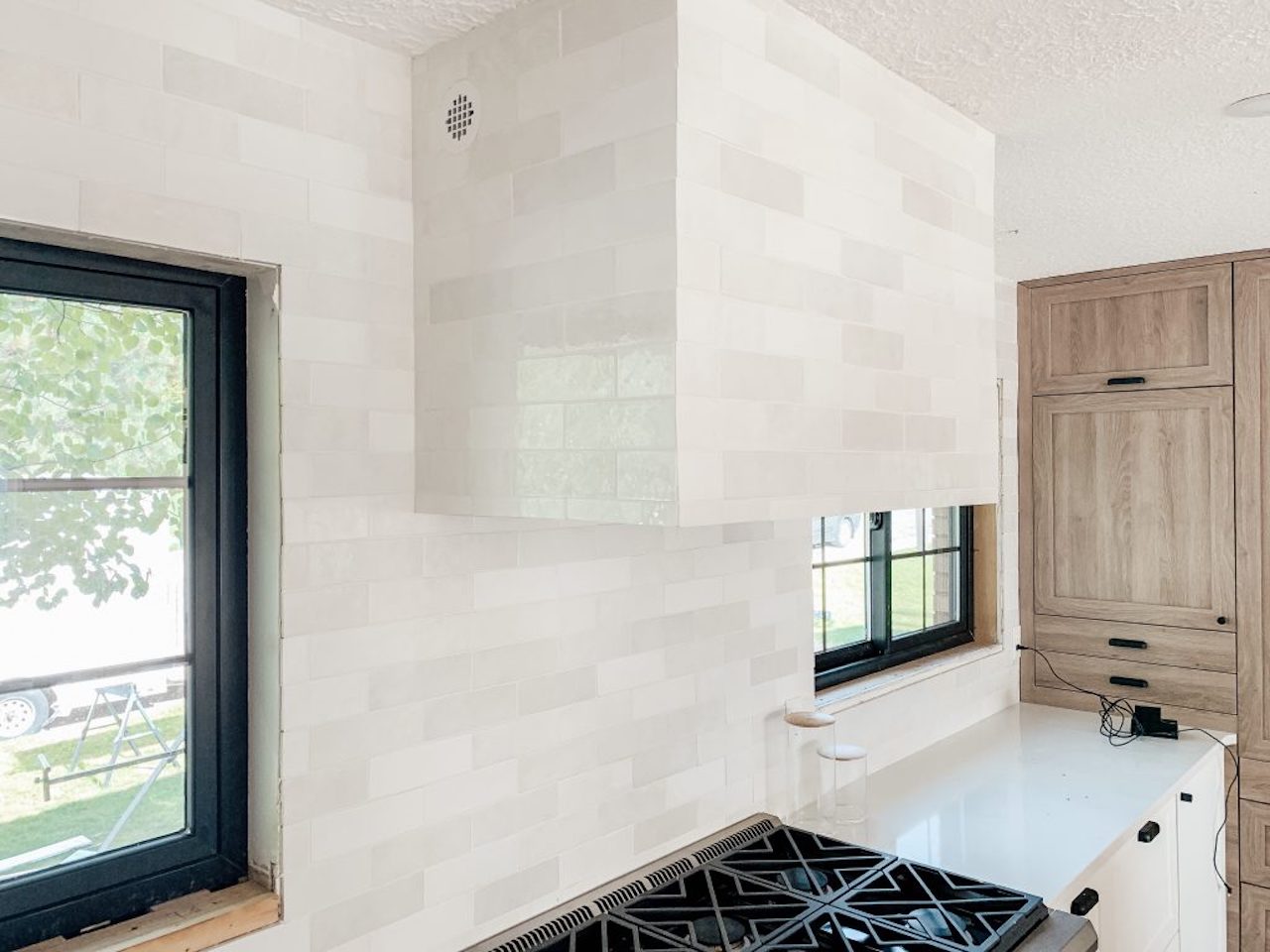
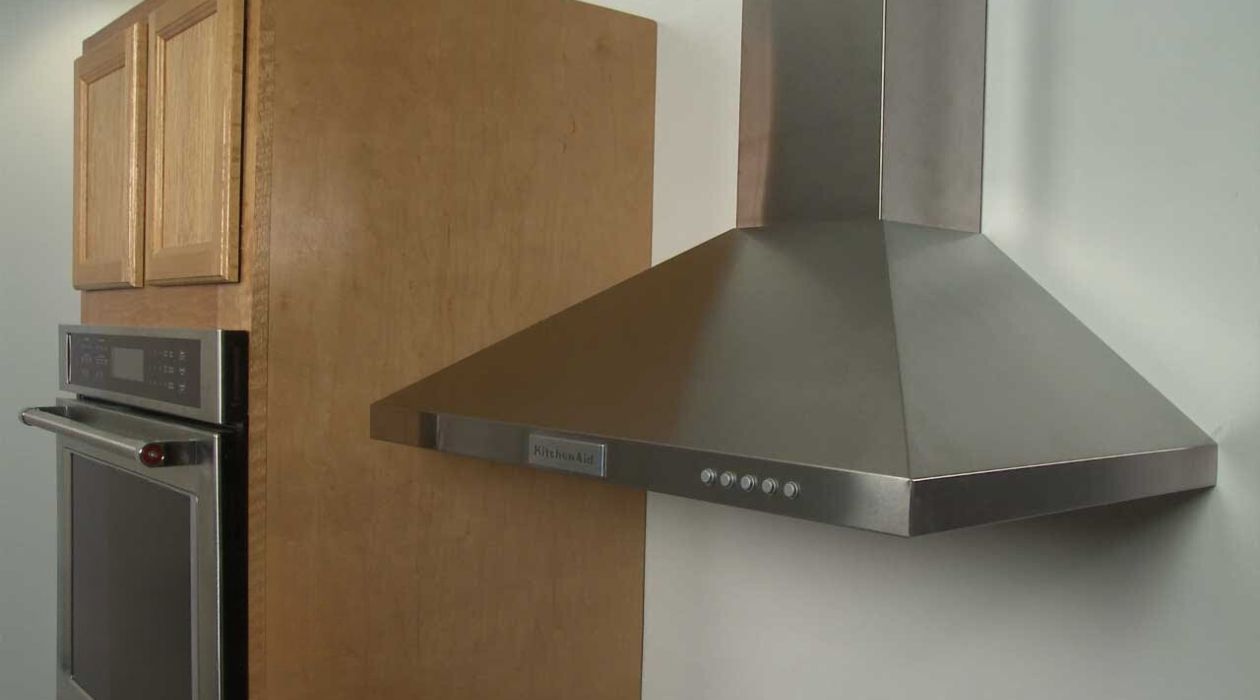
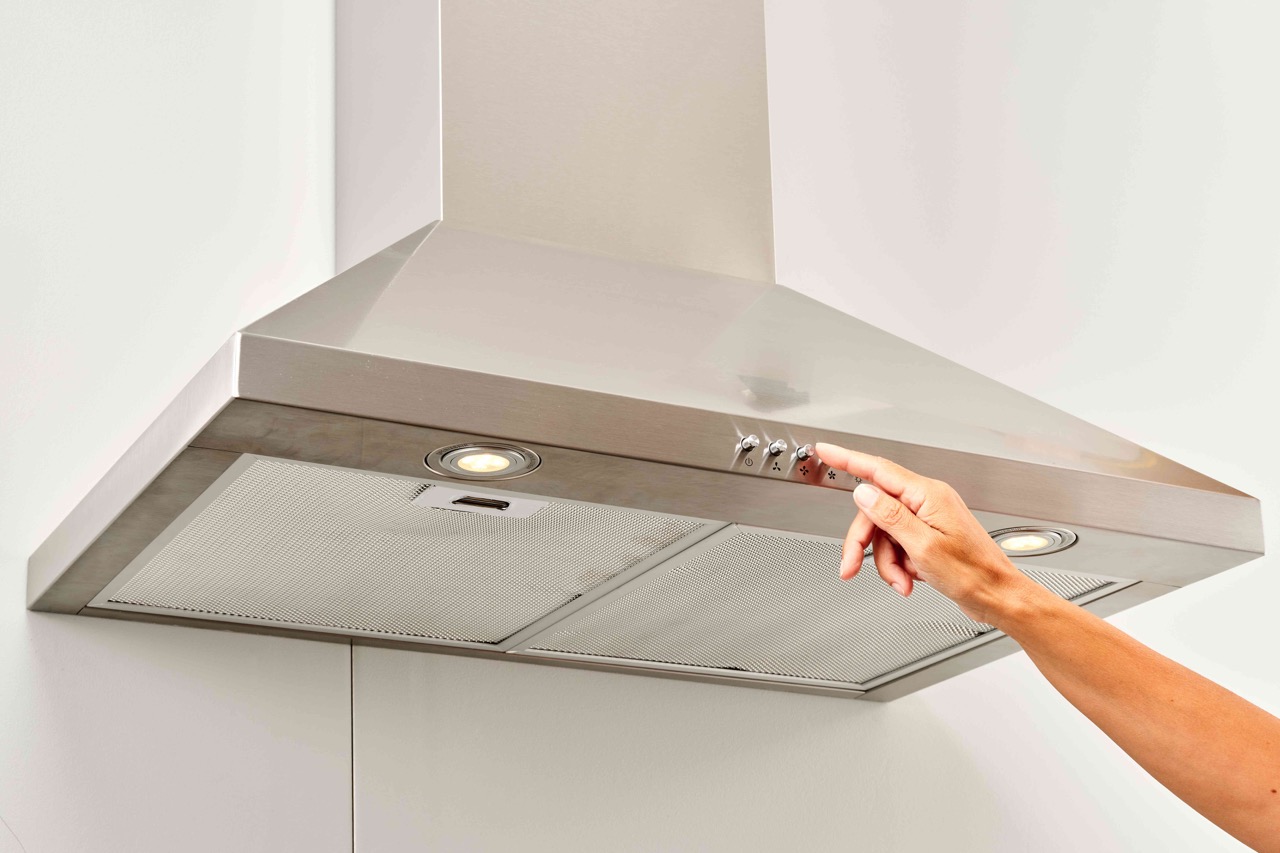
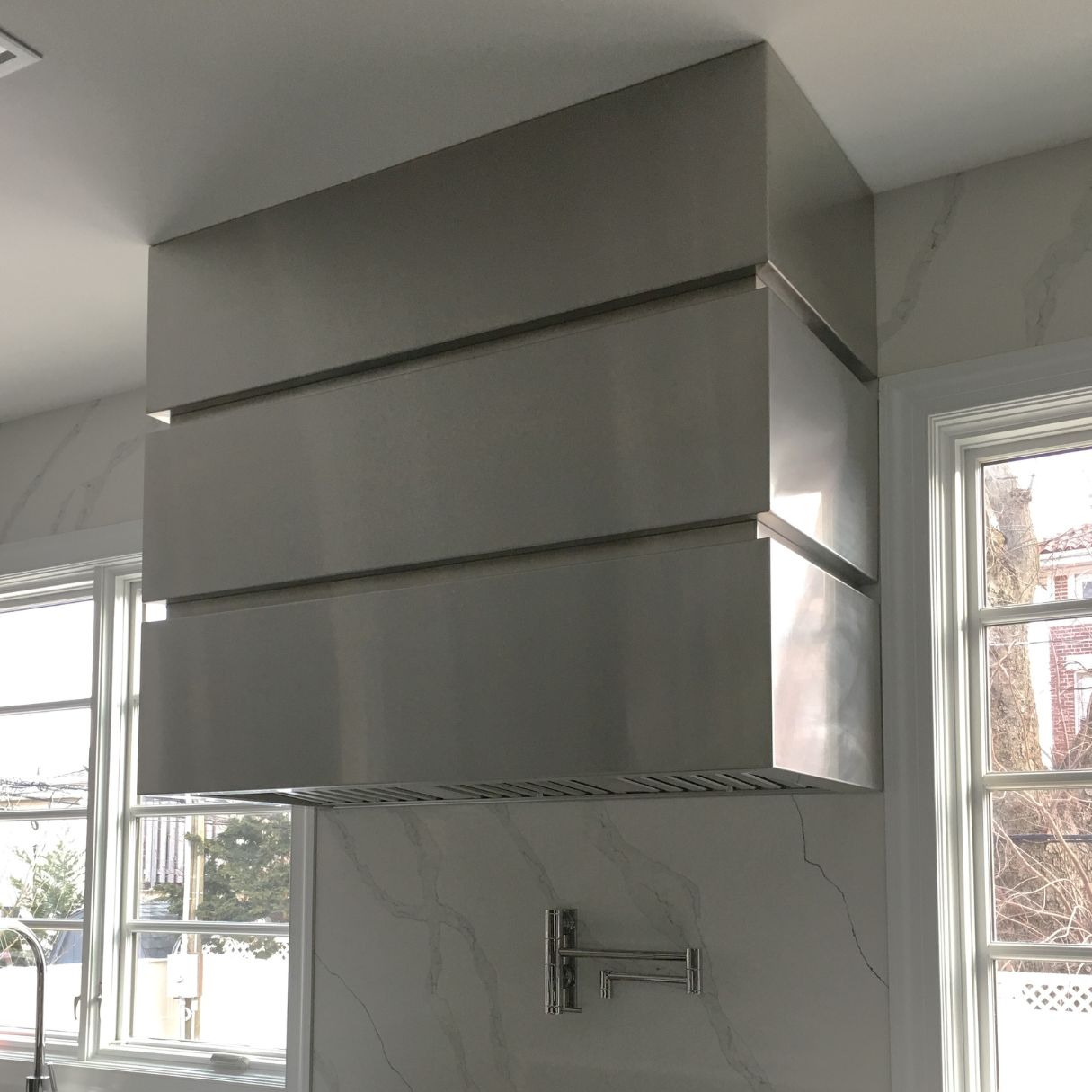
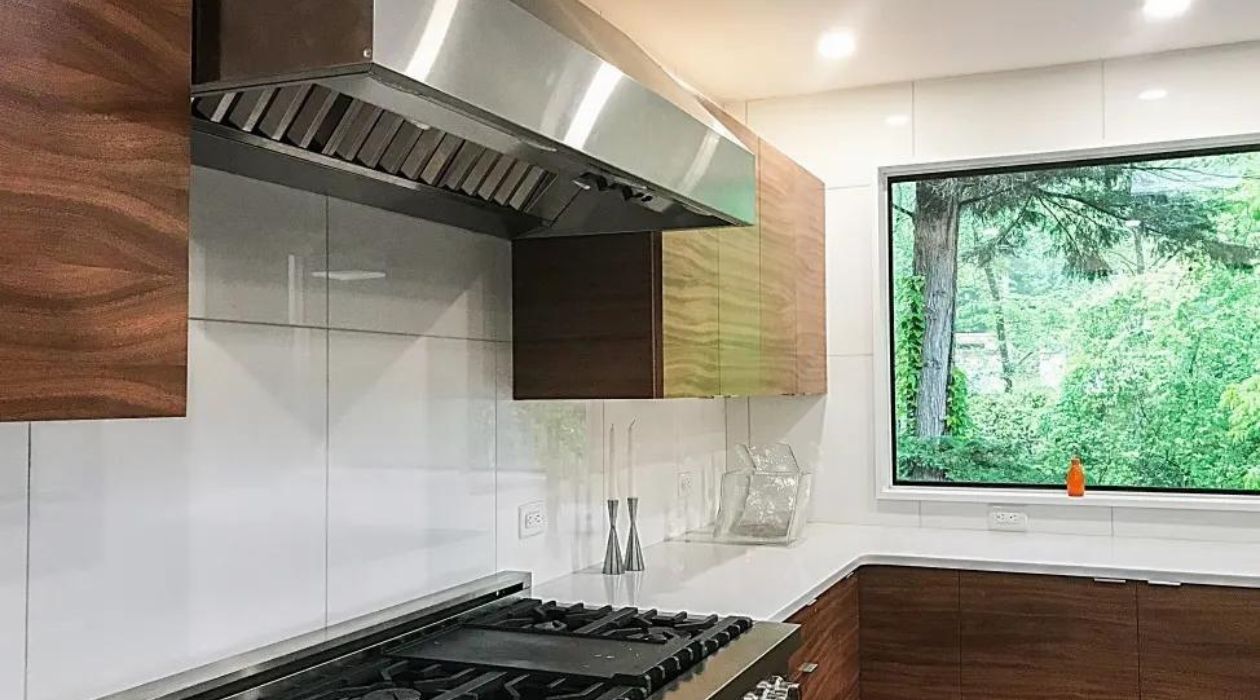
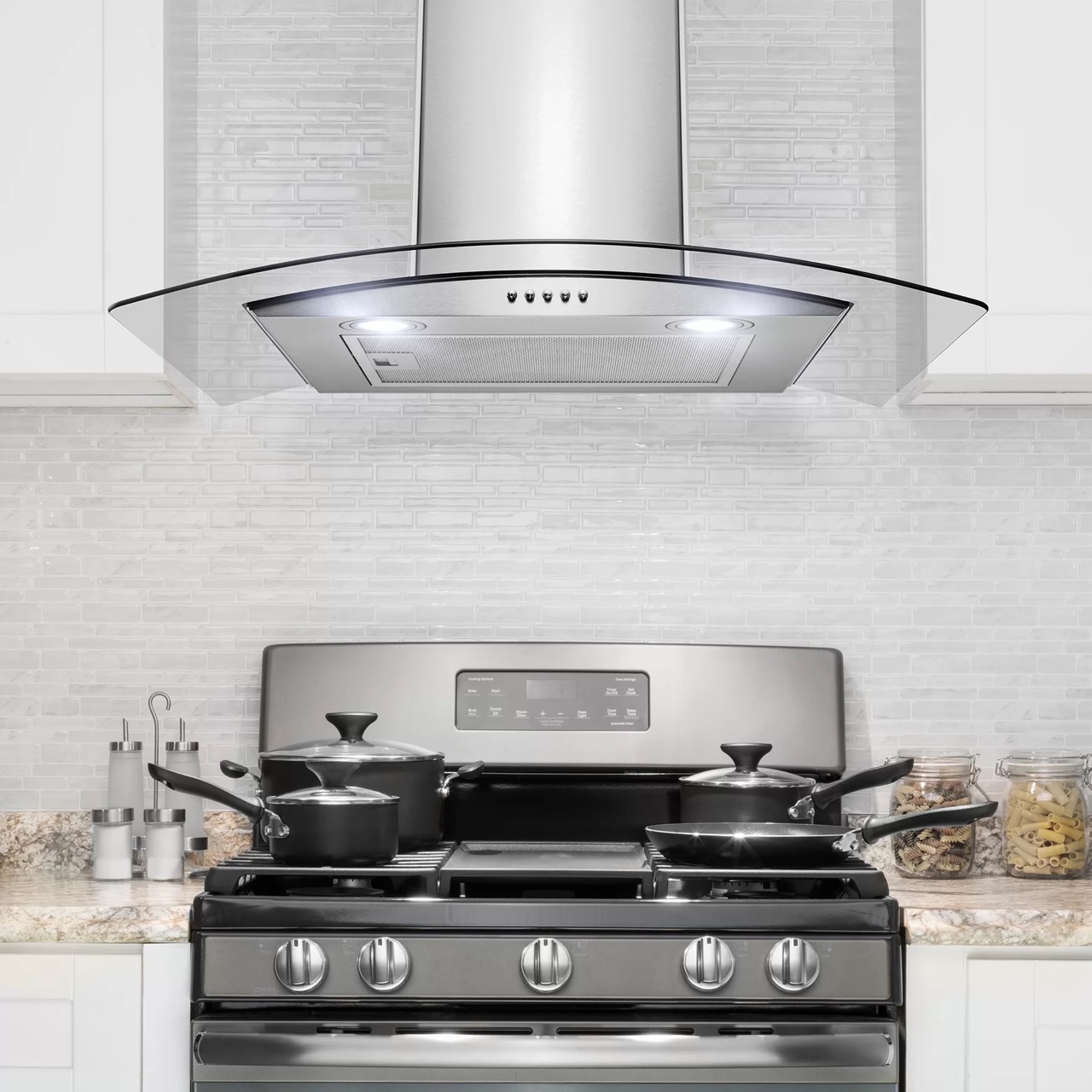
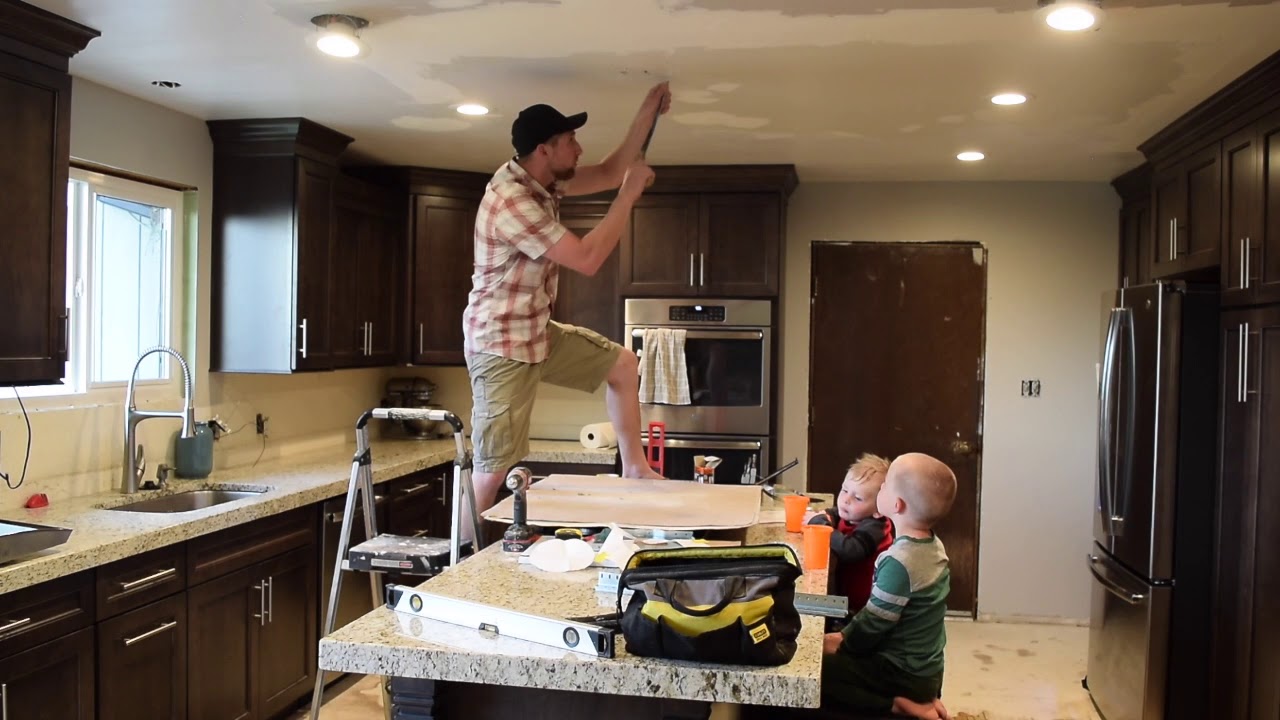
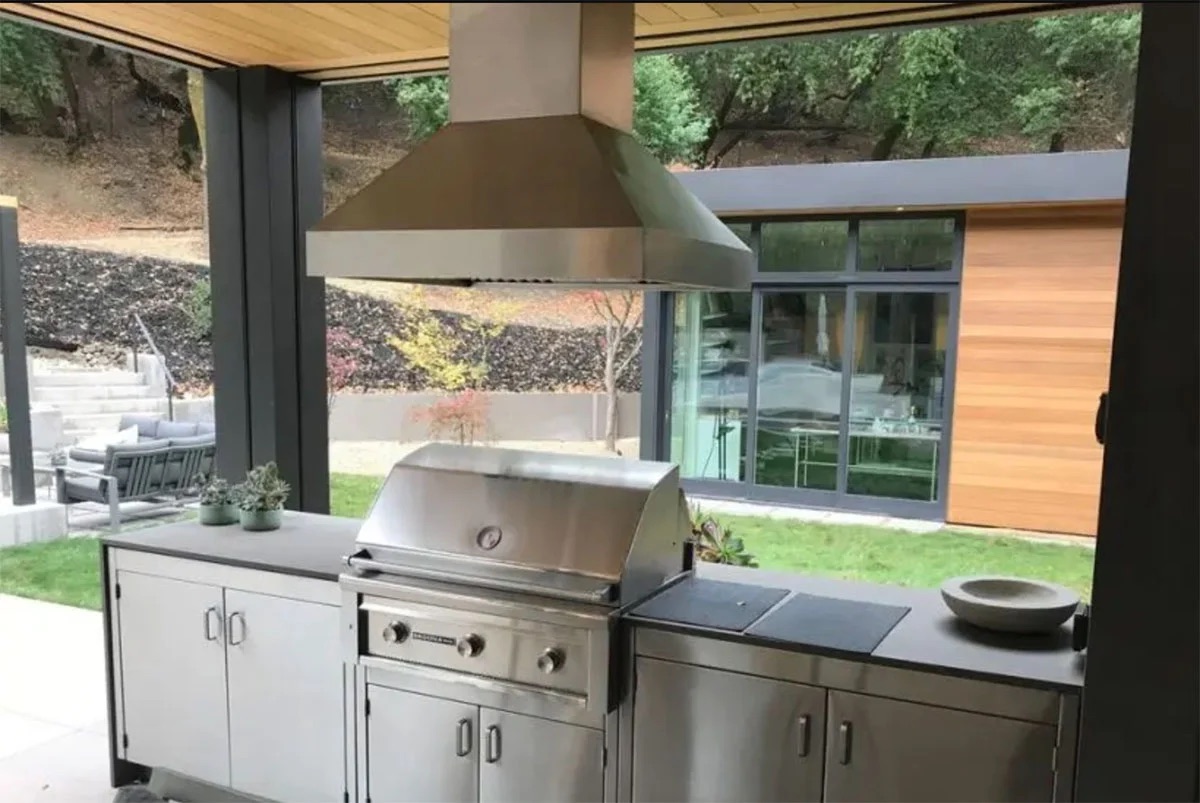

0 thoughts on “How Does A Range Hood Work”